Achieving FTM Personal Fitness: A Guide to Exercise and Nutrition
As an FTM individual, you may experience physical changes because of hormonal therapy, which transforms muscles and alters metabolism. An integrated approach combining physical and nutritional measures is vital to meet these rapid metabolic rate modifications.

Readjusted diets that accommodate newly acquired muscle mass and the altered distribution of fats now possible may help you to reach the stage of sound physical fitness, enabling you to enjoy higher energy levels, satisfactory cardiovascular health, and overall fine morale. Through targeted workout regimens and diet, you can have a balanced and sustainable plan for fitness suited to your transition journey and choices.
FTM Exercise Therapy
As an FTM individual, consider some exercises that help transform your body and also provide you with mental relaxation. For instance, exercises that target your upper body give you a broader chest that makes you appear more masculine.
- Tailoring Exercise Programmes to Men’s Fitness Goals
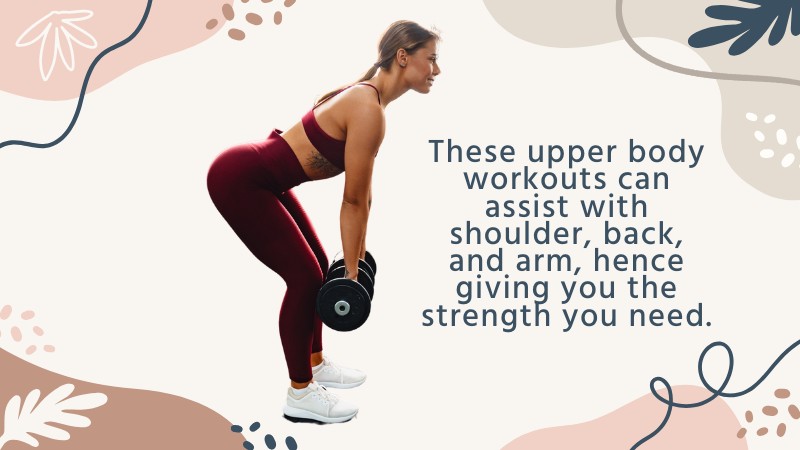
These upper body workouts can assist with shoulder, back, and arm, hence giving you the strength you need. Exercises for muscle building include bench presses, deadlifts, pullups, and overhead presses. For you to achieve the body you desire, you can start by lifting weights that favor you as you progress to heavier weights with time.
i) Strength Training: The Importance of Building Muscle
Utilizing compound movements such as squats, deadlifts, and bench presses hits several muscle groups, promoting overall strength growth. Besides, regular resistance training helps strengthen the body and shape the significant masculine attributes.
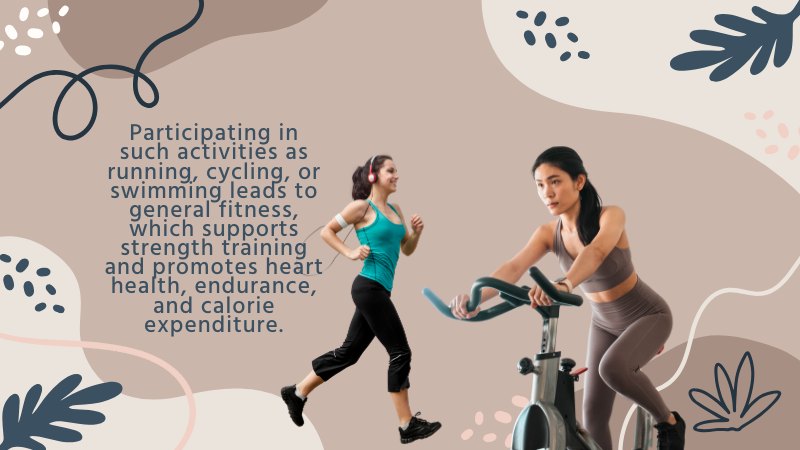
ii) Cardiovascular Exercise for Overall Health and Endurance
Participating in such activities as running, cycling, or swimming leads to general fitness, which supports strength training and promotes heart health, endurance, and calorie expenditure.
iii) Targeted Exercises for Specific Body Parts (Chest, Arms, Etc.)
The development of chest and arm muscles is a priority for individuals who transition from female to male. These exercises help develop and shape these areas, and the more muscle you have, the more you tend to look masculine.
- Safe and Effective Exercise Techniques
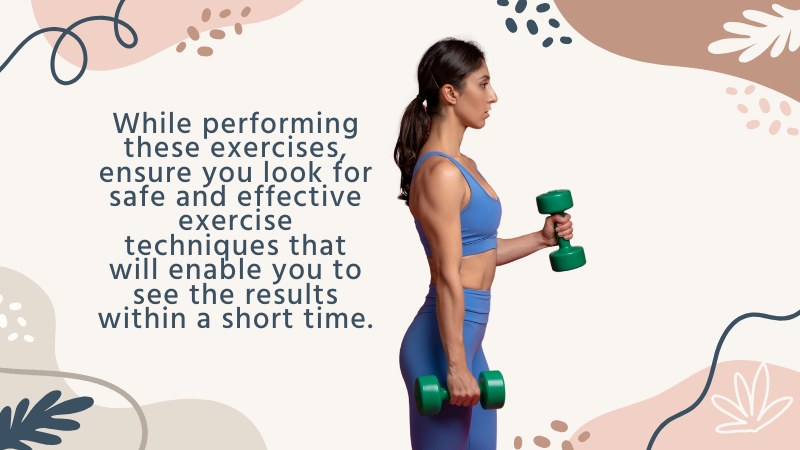
While performing these exercises, ensure you look for safe and effective exercise techniques that will enable you to see the results within a short time.
You can consider:
a) Gradual Progression of Intensity and Weight
The practice of beginning with lighter weights and slowly increasing resistance helps the body get used to it, thereby reducing the chances of strains or overuse injuries and ensuring sustainable progress.
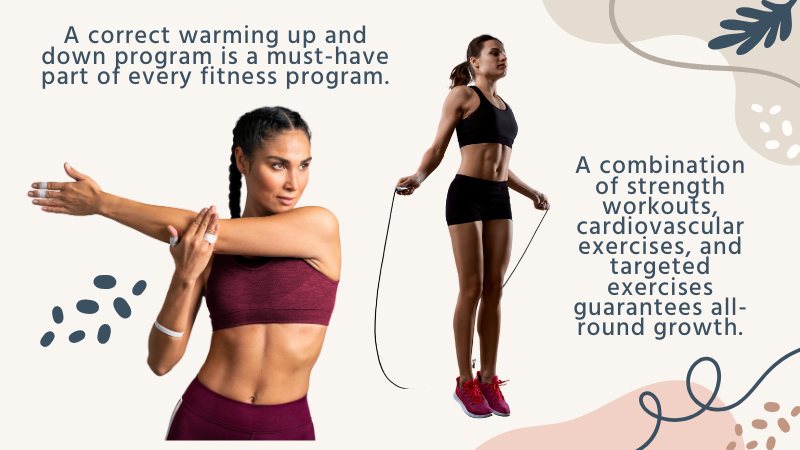
b) Importance of Proper Warm-Up and Cool-Down Procedures
A correct warming up and down program is a must-have part of every fitness program. Warming supports the muscles and joints to start for the intensive load and reduces the risk of injuries. On the other hand, cooling down allows the body to recuperate and prevents stiffness while promoting flexibility.
c) Guidance on Balancing Different Types of Exercises
A combination of strength workouts, cardiovascular exercises, and targeted exercises guarantees all-round growth, solving your additional fitness requirements.
Hormone Therapy and Its Effect on Fitness
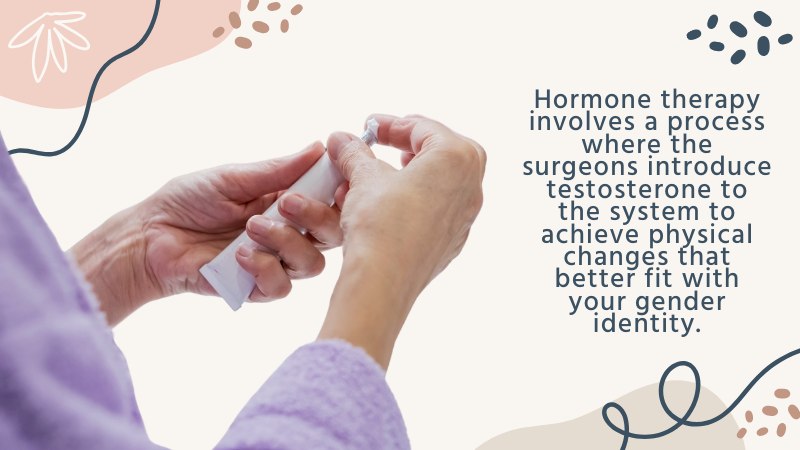
Hormone therapy involves a process where the surgeons introduce testosterone to the system to achieve physical changes that better fit with your gender identity. However, before engaging, you need to consider its effect on fitness.
- Understanding the Effects of Hormone Therapy on Metabolism and Muscle Development
Hormone therapy is a central part of the FTM transition that affects multiple physiological functions. It stimulates muscle growth, boosts metabolism, and changes fat location. It would help if you recognized these effects since they are necessary to adjust the programs in such a way that they may correspond to the changes induced by hormone therapy.
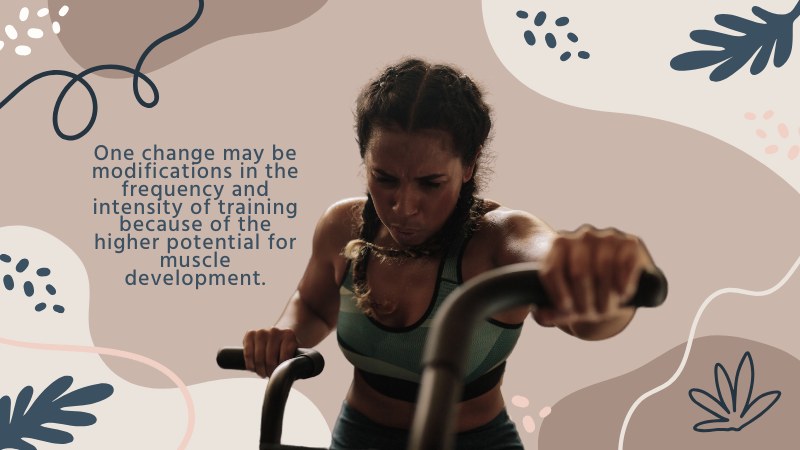
- Adapting Exercise Programmes to Accommodate Hormonal Changes
It would help if you changed your workouts as per the hormonal changes. One change may be modifications in the frequency and intensity of training because of the higher potential for muscle development. Frequent reevaluation of fitness targets and modification of training plans help exercise programs to be effective and be in line with changing physical requirements.
- Seek Professional Guidance to Develop a Personalized Fitness Plan
Since FTM fitness is a nuanced issue, you should consult with certified trainers or healthcare professionals. These specialists will give tailored recommendations, considering the individual health history, fitness aims, and the effects of hormone therapy. Teamwork with specialists provides safety and a successful fitness path tailored to the personal needs of FTM people.
Nutrition for a Strong Body
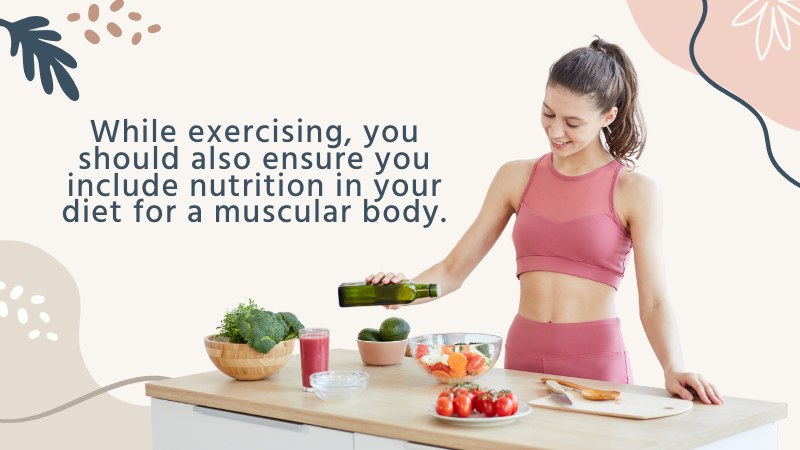
While exercising, you should also ensure you include nutrition in your diet for a muscular body. For instance, eating foods with numerous nutrients, such as vitamin D, calcium, iron, zinc, and magnesium, will strengthen bones and skin.
- The Importance of a Balanced Diet in Achieving Fitness Goals
Nutrition is a key to achieving fitness goals that allow the body to have all the necessary elements for proper performance and recovery. You need to ensure that you consume a well-balanced diet comprising all groups of food to suit your needs.
a) Consume Protein for Muscle Development and Recovery

Eating protein-rich foods that include legumes, lean meats, and dairy products in your meal assists in meeting the higher muscle-building requirements. Protein intake is crucial in the development and recovery of muscle with hormone therapy in practice.
b) Healthy Fats and Carbohydrates for Energy
Nuts, avocados, whole grains, and fruits make great selections, being that they are nutrient-rich and energy providers.
c) Micronutrients and Their Role in Overall Health
General health and wellness require micronutrients, which are vitamins and minerals. Concentrating on fruits and vegetables helps you acquire crucial micronutrients for your fitness path.

- Meal Planning and Dietary Considerations for FTM Individuals
As an FTM individual, meal planning and diet are essential, mainly depending on your fitness goal and the hormones you are consuming.
Here is what you need to consider:
a) Adjusting Calorie Intake to Fitness Goals
Caloric requirements are dependent on your different fitness goals and activities. You should assess your calorie requirement considering muscle-building goals; metabolism changes because of hormone therapy, and overall energy during workouts.
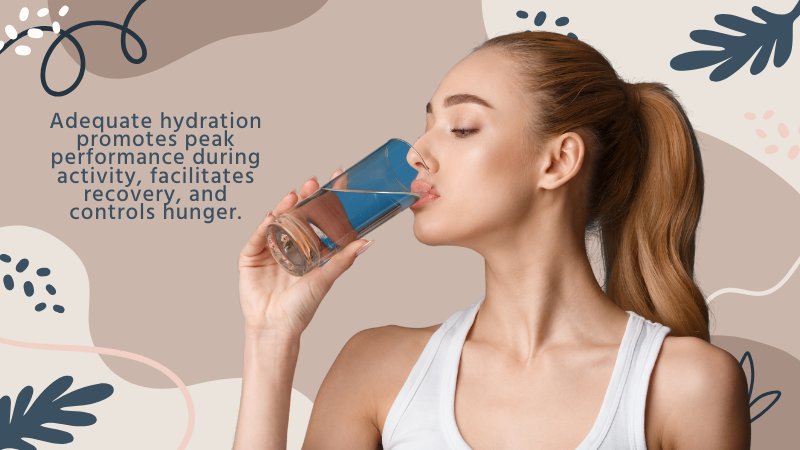
b) Hydration and Its Importance in a Fitness Programme
Adequate hydration is one of the least remembered health requirements. Adequate hydration promotes peak performance during activity, facilitates recovery, and controls hunger. It would help if you had fluid consumption on top of the list throughout the day.
Mental Health and Fitness

While undergoing the different stages of transitioning, it’s also essential that you focus on mental health and fitness. Consider the following:
- Recognize the Mental Health Benefits of Regular Exercise
Regular exercise plays a significant role in your mental health. Exercise causes your body to release endorphins, the body’s natural mood enhancers, which induce a positive mental state.
- Strategies for Managing Body Anxiety and Building a Positive Body Image
To control bodily anxiety, people should concentrate on celebrating even minor achievements. Achieving a positive body image means recognizing improvement, cultivating self-compassion, and valuing the body’s abilities.

- Seeking Professional Support for Mental and Emotional Health
Mental health professionals can give direction on coping strategies, stress management, and the emotional aspects of the FTM fitness journey. Developing a network of solid support ensures total health.
FAQs

The most frequently asked questions on FTM Personal Fitness include:
- How does hormone therapy affect metabolism and weight distribution during fitness?
Hormone therapy influences metabolism by accelerating muscle growth and shifting fat location, thereby interfering with weight distribution.
- Are there specific dietary considerations for FTM patients on hormone therapy?
If you are under hormone therapy, you need to focus on a healthy diet that will help in muscle development and general health. A proportional provision of protein, carbohydrates, and good fats is essential.
- What types of exercises are effective in building upper body strength in people with FTM?
It would help if you had effective upper body strength exercises that comprise chest presses, pull ups, bicep curls, and overhead presses.
- How do people with FTM address physical discomfort when participating in fitness activities?
You can manage the physical pain individually by observing the body and changing it in accordance with your needs since your body may differ from another person’s. Do not over-exercise as it may affect your well-being and bring physical discomfort.
- Are there any potential health risks or precautions associated with fitness programs for people with FTM?
There are different ways you can cause harm to your health, through accidents resulting from progressing slowly and improper form or pre-existing medical conditions that increase the risk. It is very important to consult a healthcare worker prior to embarking on a fitness journey, as this will guarantee a safe and satisfying route to progress.
Conclusion

To become a personal trainer and achieve your fitness goals, you need to be proficient and competent in methods that vary, which include tailor-made instructional programs, nutritional schemes, and the use of psychological principles.
Adapting the exercises that you would like to use in enhancing your appearance, education about hormone therapy’s effects, and consulting the professional are basics of a fit life. As a result, this link between body and mind provides space for your ideas to balance health and, as a result, take the right steps to achieve physical fitness.

 Basic Packers
Basic Packers Pack & Play
Pack & Play STP
STP